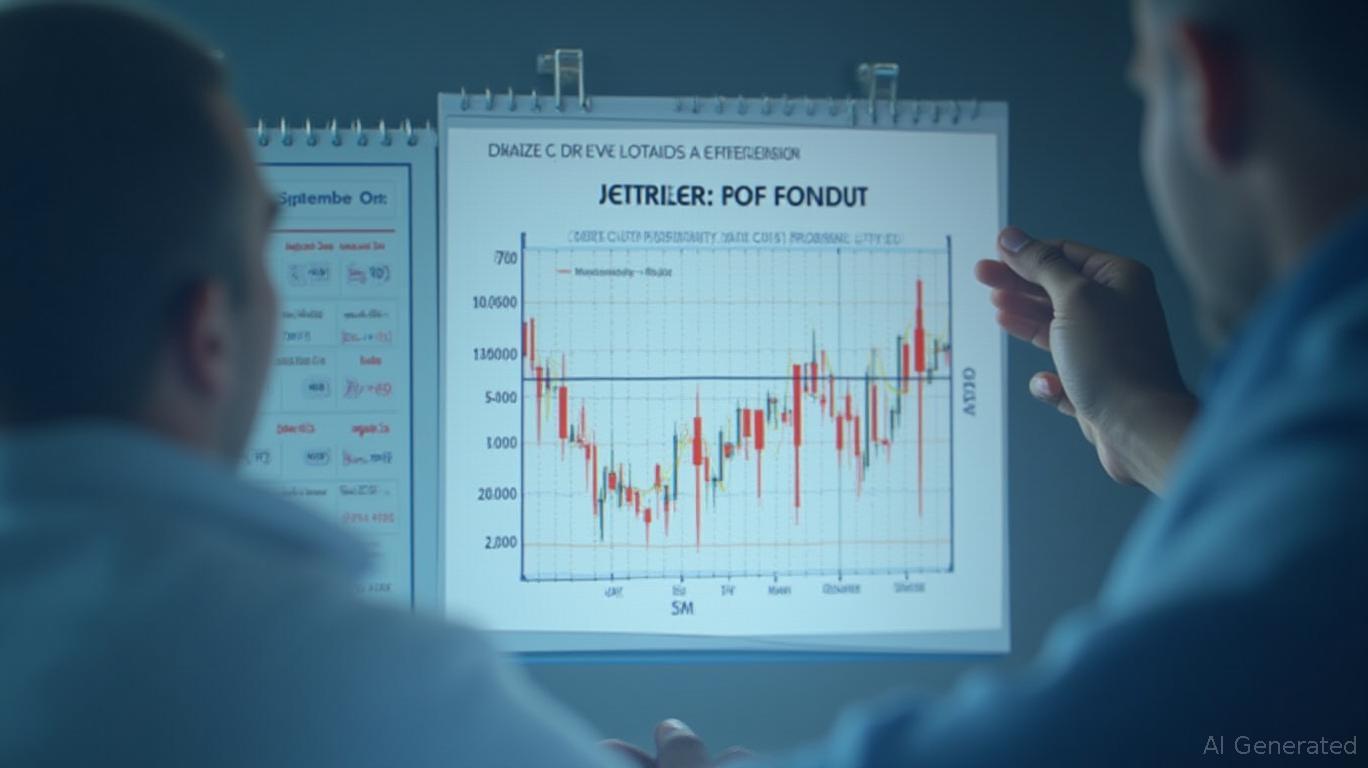Eaton Vance ETJ Holds Steady at $0.0651 Dividend Amid Mixed Performance
The Eaton Vance Risk-Managed Diversified Equity Income Fund (NYSE: ETJ) has announced its May 2025 dividend distribution of $0.0651 per share, maintaining consistency with its April payout. This marks the latest installment in the fund’s managed distribution plan, which prioritizes steady income for investors. However, the decision to keep distributions unchanged comes amid a backdrop of fluctuating performance metrics and critical tax considerations. Below, we dissect the implications for income-focused investors.

Key Dates and Distribution Structure
The May dividend was declared on May 1, 2025, with an ex-dividend date of May 15 and a payment date of May 30. Shareholders must own the fund’s shares before the ex-dividend date to qualify for the payout. Notably, the distribution amount has remained unchanged since early 2023, signaling stability but also a lack of growth in the fund’s distribution policy.
The fund’s closing market price on April 30, 2025, was $8.52, yielding a 9.17% distribution rate at the market price. This high yield, however, is partly a function of ETJ’s trading at a discount to its net asset value (NAV). As of March 31, 2025, the fund’s NAV-based distribution rate was 8.46%, underscoring the divergence between market price and underlying value.
Tax Implications and Capital Management
A critical detail for investors lies in the composition of ETJ’s distributions. The April 2025 payout was sourced entirely from long-term capital gains, which are taxed more favorably than ordinary income. This contrasts with some closed-end funds that rely on short-term gains or return of capital (ROC), which can erode NAV over time.
However, cumulative distributions through March 31, 2025, revealed that 3.1% of year-to-date payouts originated from short-term gains, hinting at occasional deviations from the fund’s long-term strategy. Investors should remain vigilant about ROC components, as they may signal a strain on the fund’s capital base.
Performance Metrics: Strengths and Weaknesses
ETJ’s 5-year average annual total return at NAV stands at 10.54%, a solid figure that reflects its risk-managed approach to equity income. However, recent performance is less encouraging: the fund reported a cumulative total return at NAV of -3.01% for its fiscal year through March 31, 2025, a period that saw broader equity markets underperform due to rising interest rates and sector-specific headwinds.
The fund’s managed distribution plan, while attractive for income seekers, operates in a precarious balance. By maintaining payouts even during periods of negative returns, the fund risks diluting NAV further unless investment performance rebounds. The consistency of distributions may also mask underlying volatility, as the fund’s NAV has fluctuated in line with market conditions.
Risks and Considerations for Investors
- Return of Capital Concerns: While ETJ has avoided significant ROC components in recent distributions, the risk remains if the fund’s underlying assets underperform.
- Valuation Discounts: ETJ’s market price trades at a premium to its NAV-based yield, which could narrow if investors lose confidence in the fund’s ability to sustain distributions.
- Tax Efficiency: The reliance on long-term capital gains for distributions is a positive, but investors must await annual tax reporting to understand the full tax implications of their holdings.
Conclusion: A High-Yield Play with Caution
Eaton Vance ETJ’s $0.0651 dividend offers a compelling 9.17% yield at current prices, making it a tempting choice for income-focused portfolios. However, investors must weigh this against the fund’s recent underperformance and structural risks.
The 5-year track record of 10.54% annualized returns suggests the fund can generate value over the long term, but its -3.01% fiscal year performance through March 2025 highlights near-term vulnerabilities. For those prioritizing steady income, ETJ remains a viable option—provided they monitor ROC components, NAV trends, and the broader market environment.
In short, ETJ is a high-yield tool for cautious income investors, but its success hinges on Eaton Vance’s ability to navigate volatile markets while sustaining distributions without eroding capital. The fund’s consistency is a plus, but the math of its returns demands careful scrutiny.


_183e5bc31749756677125.jpeg)







